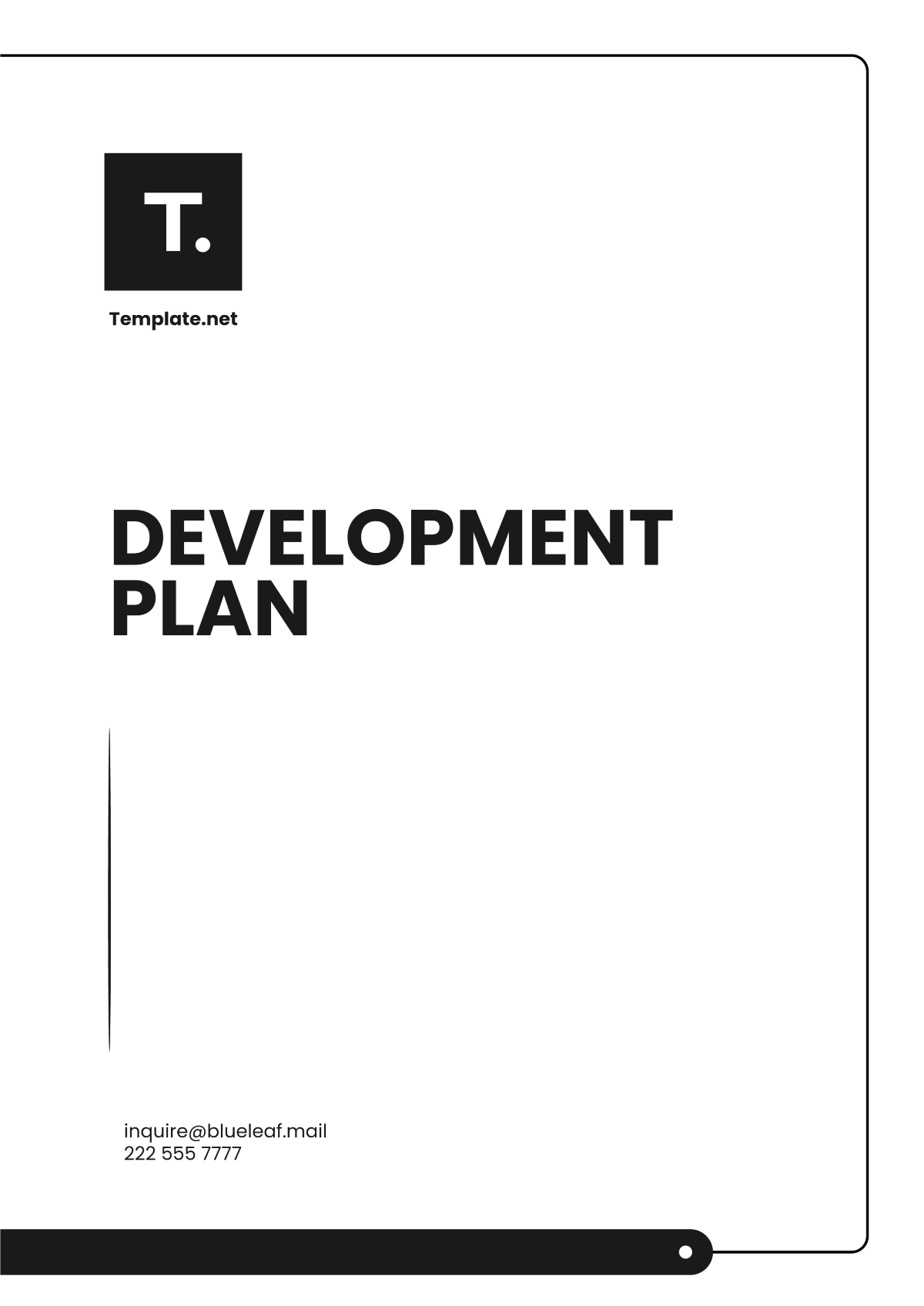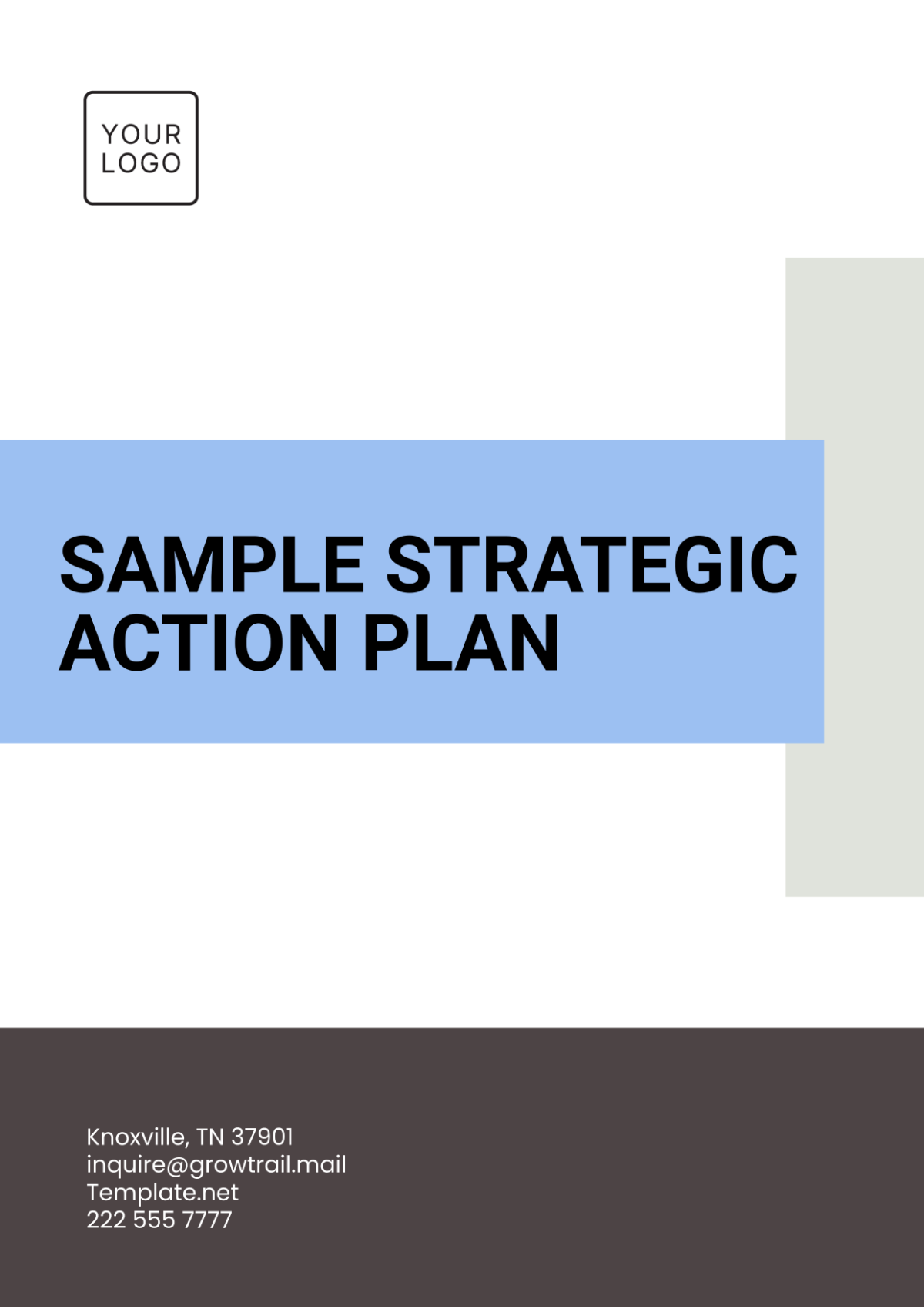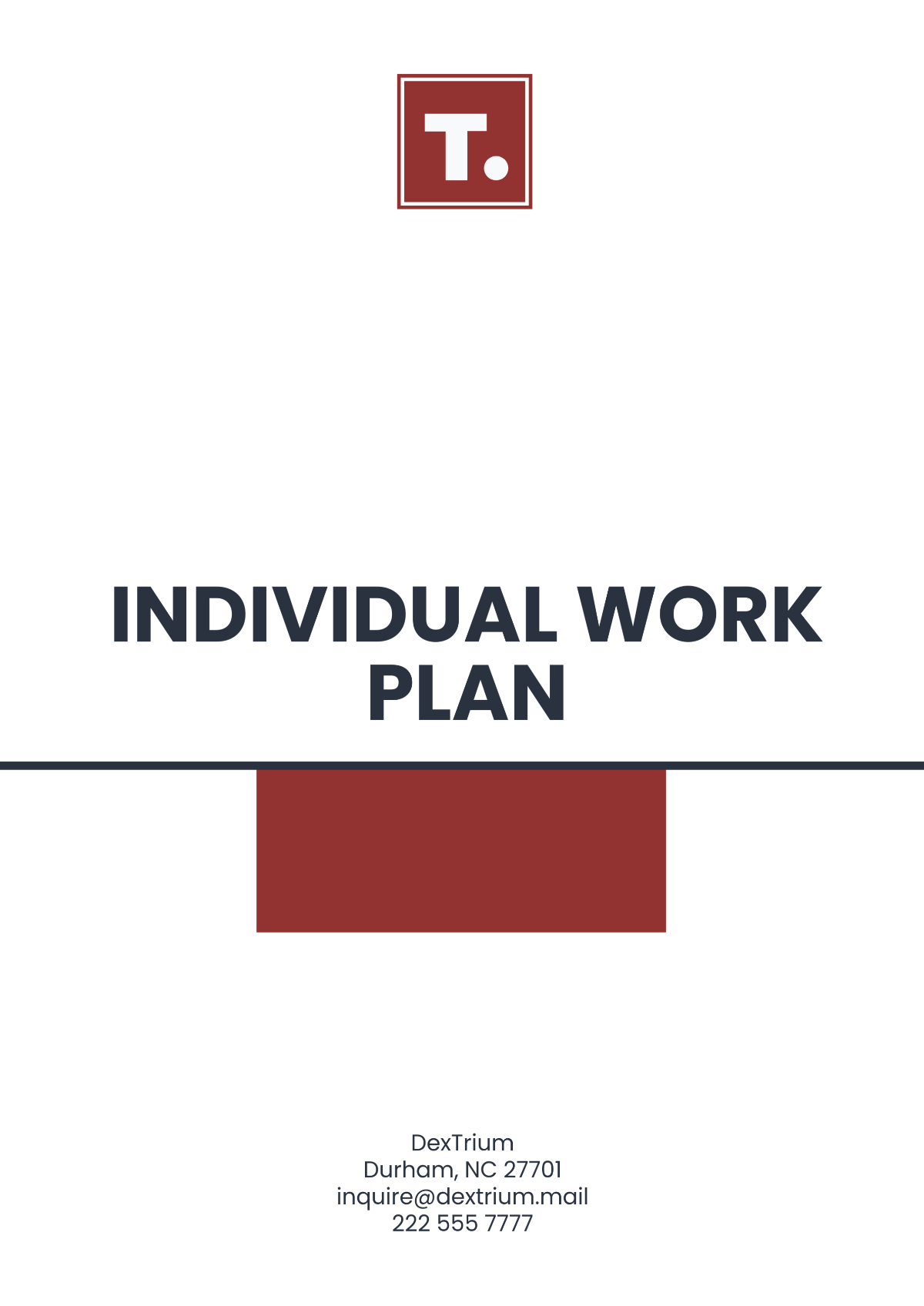Execution Plan Research Design
I. Introduction
An execution plan is a critical document that outlines the step-by-step process of conducting research. It ensures that the research is conducted systematically, efficiently, and effectively. This document serves as a guide to avoid errors, manage resources, and achieve the research objectives. This research design will cover the key components of an execution plan, including objectives, methodologies, timelines, resource allocation, data collection, analysis, and reporting. Additionally, it will provide a table for clarity.
II. Research Objectives
The primary objective of this research is to develop a comprehensive understanding of the execution plan as a crucial element in research design. Specific objectives include:
Identifying the essential components of an execution plan.
Understanding the methodology used in the execution plan.
Analyzing the importance of timelines and resource allocation.
Learning about data collection and analysis techniques.
Exploring the best practices in reporting research findings.
III. Methodology
This research will utilize a mixed-methods approach, combining both qualitative and quantitative research methods. This approach ensures a comprehensive analysis of the execution plan components and their applications. The methodology includes:
Literature Review: Conducting a thorough review of existing literature on execution plans in research design.
Surveys: Distributing surveys to researchers and professionals to gather quantitative data on the effectiveness of execution plans.
Interviews: Conducting in-depth interviews with experts to gain qualitative insights.
Case Studies: Analyzing case studies of successful and unsuccessful research projects.
IV. Timelines
Establishing clear timelines is crucial for the success of any research project. Below is the proposed timeline for this research:
Phase | Activities | Duration |
|---|---|---|
Planning | Define objectives and conduct preliminary literature review | 2 weeks |
Data Collection | Distribute surveys and conduct interviews | 4 weeks |
Data Analysis | Analyze qualitative and quantitative data | 3 weeks |
Reporting | Prepare final report and presentation | 2 weeks |
V. Resource Allocation
Effective resource allocation is essential for the success of the research. The following resources are required:
Human Resources: Researchers, data analysts, and administrative staff.
Financial Resources: Budget for literature access, survey tools, and potential travel for interviews.
Technological Resources: Software for data analysis (e.g., SPSS, NVivo) and communication tools (e.g., Zoom).
VI. Data Collection and Analysis
Data collection and analysis are critical components of the execution plan. This research will follow these steps:
Surveys: Analyze quantitative data using statistical methods to identify trends and correlations.
Interviews: Use thematic analysis to extract key themes and insights from qualitative data.
Literature Review: Synthesize findings from existing research to support and contextualize primary data.
VII. Reporting
After data collection and analysis, the final step is to report the findings. This involves:
Drafting the Report: Compile the findings in a structured report with clear sections.
Peer Review: Submit the report for peer review to receive feedback and make necessary revisions.
Presentation: Prepare a presentation summarizing the research process and key findings for stakeholders.
VIII. Conclusion
An execution plan is an indispensable part of research design, ensuring the systematic and efficient conduct of research projects. By following a detailed execution plan, researchers can achieve their objectives, optimize resource use, and produce reliable and valuable findings. This research has outlined the key components of an execution plan, including objectives, methodology, timelines, resource allocation, data collection, analysis, and reporting.
IX. References
Author, A.A. (2050). Title of work: Capital letter also for subtitle. Publisher.
Author, B.B. (2051). Title of work: Capital letter also for subtitle. Publisher.

















































